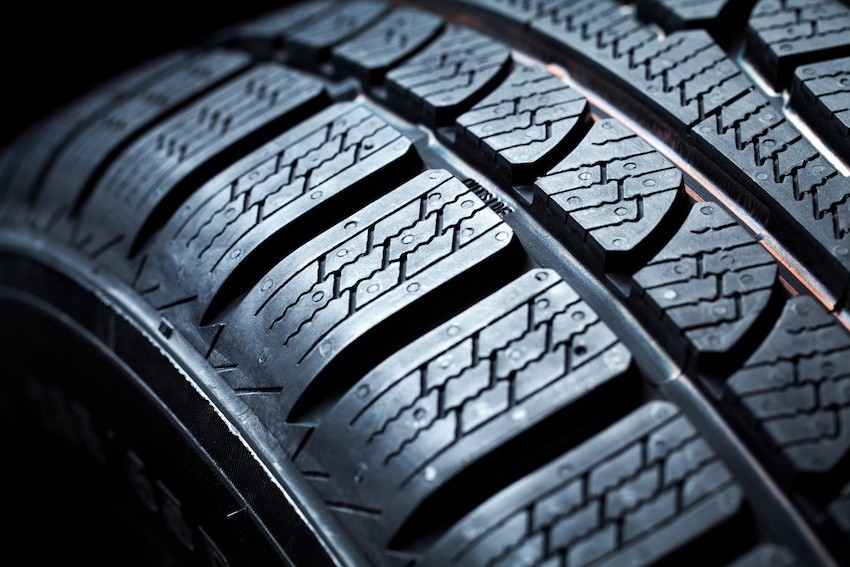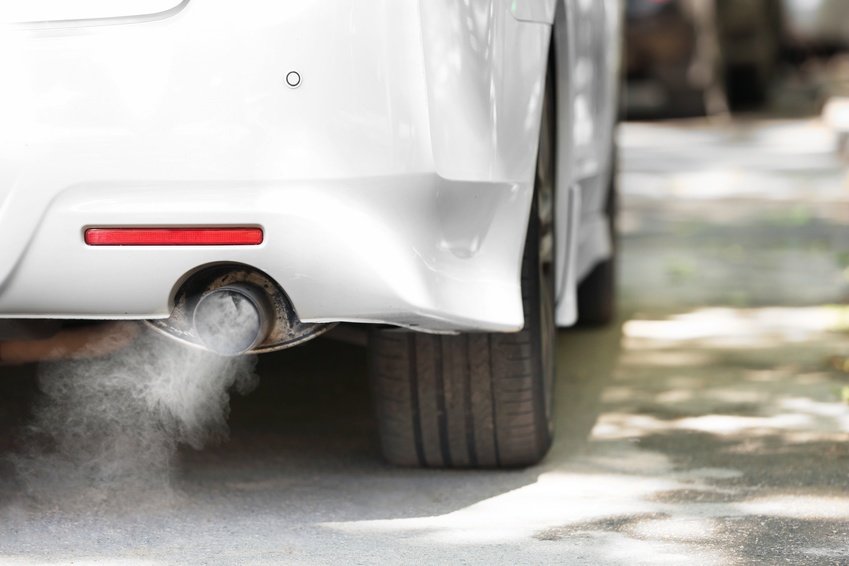
Pressure measurement technology in tire manufacturing
Every year, over one billion tires are manufactured worldwide. This sector thus counts among the biggest consumers of natural rubber. To give this natural material its correct shape and durability, high pressures and temperatures are necessary. No problem at all with the correct measurement technology.
Those believing that tire manufacture is a simple process, where the raw material is merely brought into a round form, are mistaken. In modern tire production, numerous individual components come together, which provide for both drive comfort and safety.
Tire manufacture – The first steps towards blanks
The manufacture of the raw material differs from one manufacturer to another and even from one tire type to another. Over forty different raw materials can be used here, including natural rubber, but also carbon black, sulfur and others. The various materials are kneaded together under extremely high temperatures. This mix is then stretched in length and ready for further processing upon cooling.
Using this mixture, the individual layers of the tire are produced. Other materials also come into use here, such as the rubber covered steel mesh in the belt, which stabilizes the tire and provides for increased cornering force. Further components of a tire include the carcass, bead, tread, sidewall, filler and inner liner.
The individual layers of a tire are brought together in a tire-building machine. These versions are termed blanks or “green tires.”
From blank to finished tire
In the next step, the blanks are inserted into the vulcanization press. At this point, the individual tire components are vulcanized together and the material then attains its required elastic consistency. To achieve vulcanization, the blank is “baked” in the press at a determined pressure and at high temperature.
During this process, the rubber bladder is inflated from within the inside of the press and forced outwards under pressure into the mold. This is how the tire profile is created. Temperatures reach up to 180°C here and pressures of over 24 bar can arise. This blowing pressure is monitored by various prestigious tire manufacturers using the ATM Sensor made by STS.
Vulcanization only with high-performance pressure transducers
With heat, steam and high pressures, harsh conditions are at play in tire manufacture. A pressure transmitter is thus required which can monitor, also at high temperatures, the pressures arising and can withstand the demands over a longer time. The transmitters of the ATM series are predestined in this scenario. Their high precision, reliability and outstanding long-term stability, as well as their compact and resilient design, provide for efficiency. In particular, their outstanding qualities during test and burst pressures prevent costly downtime. Furthermore, these pressure transmitters can easily be calibrated anew on-site.
